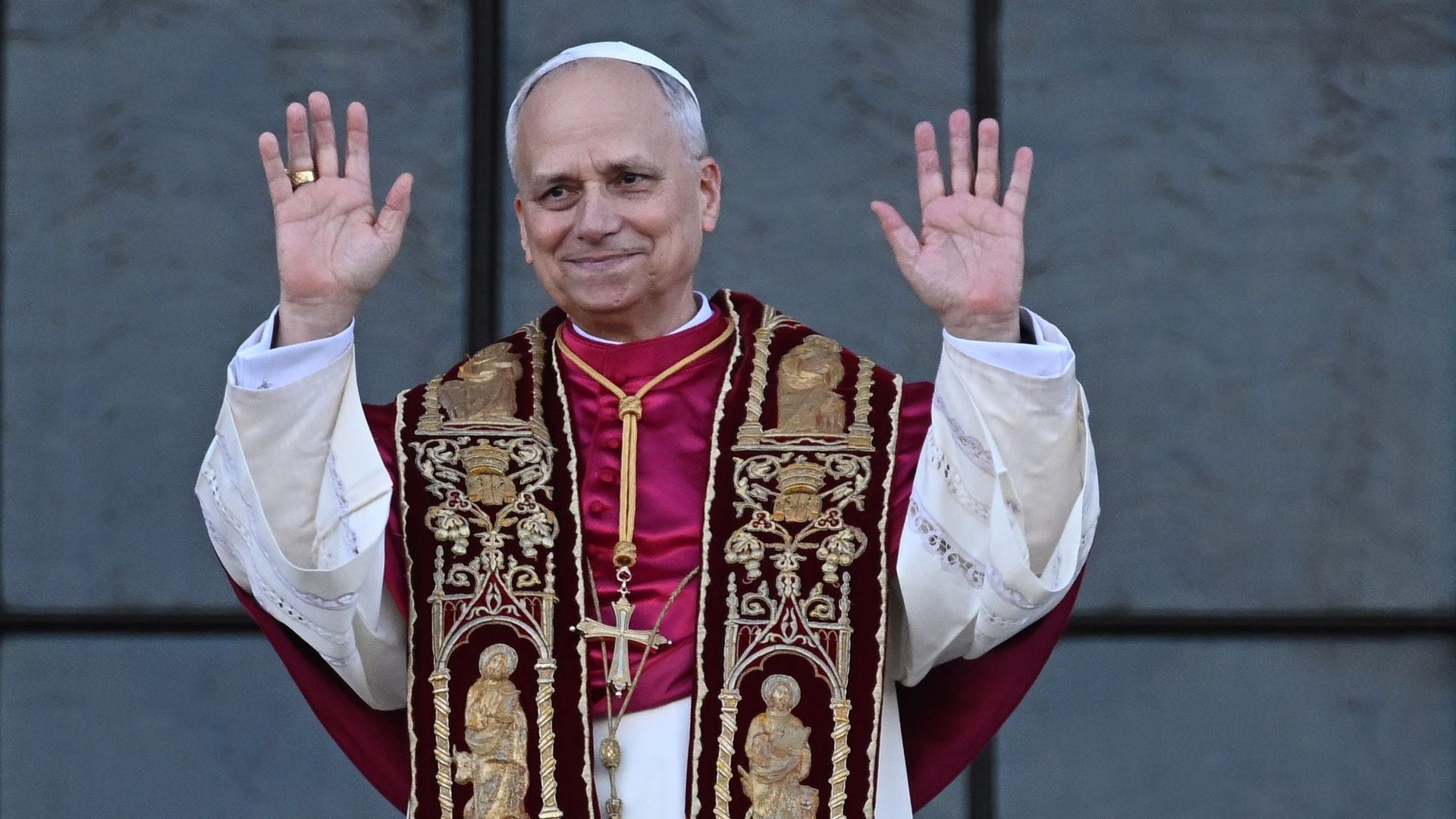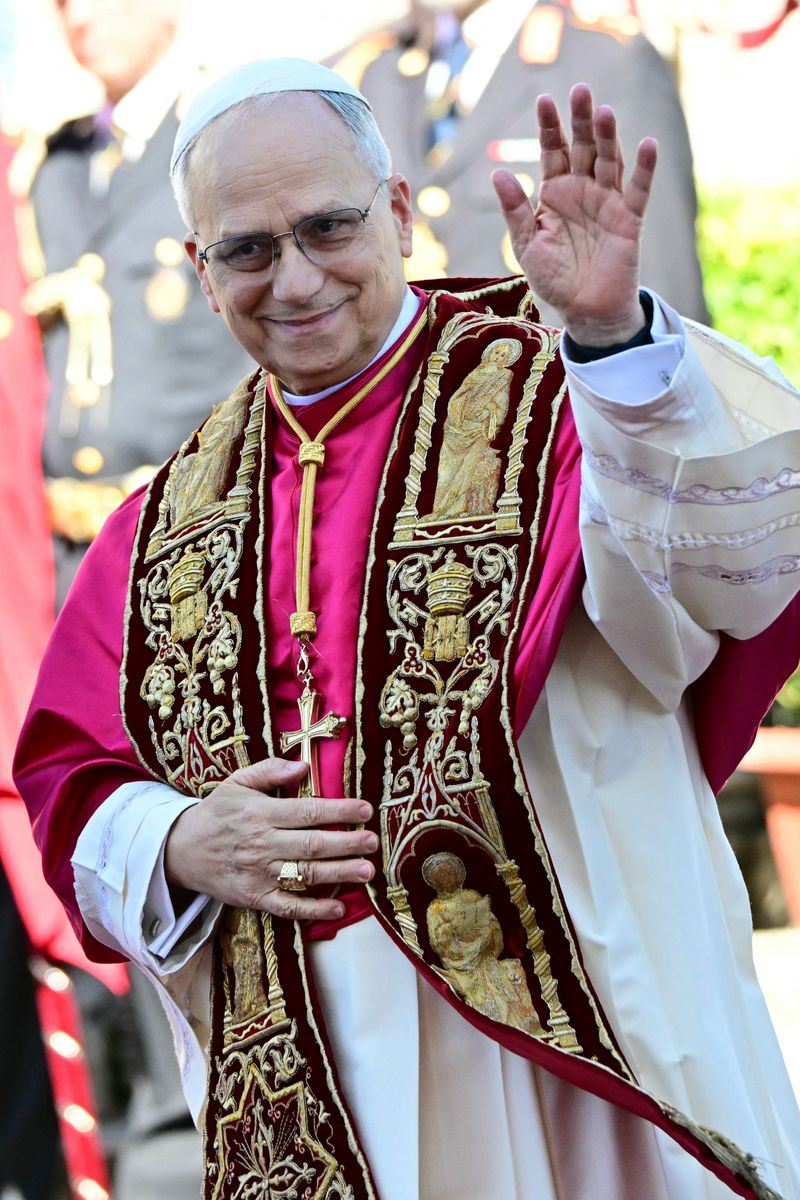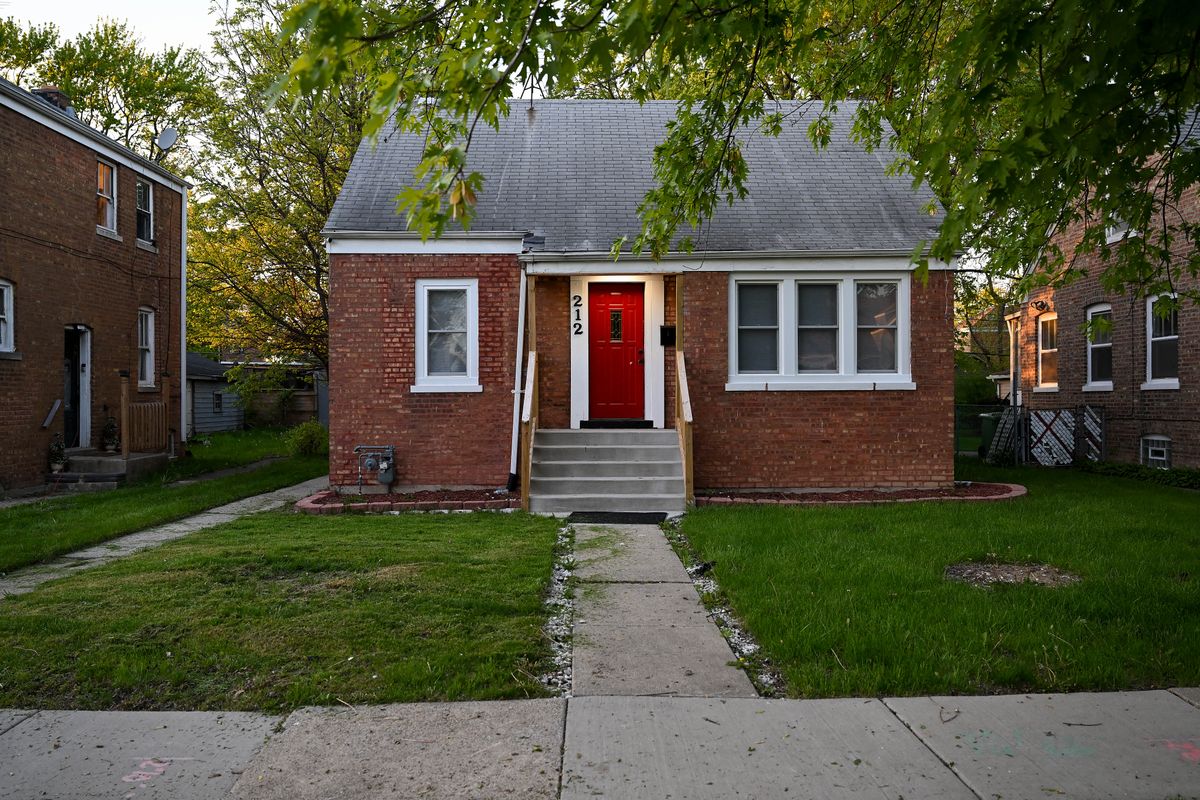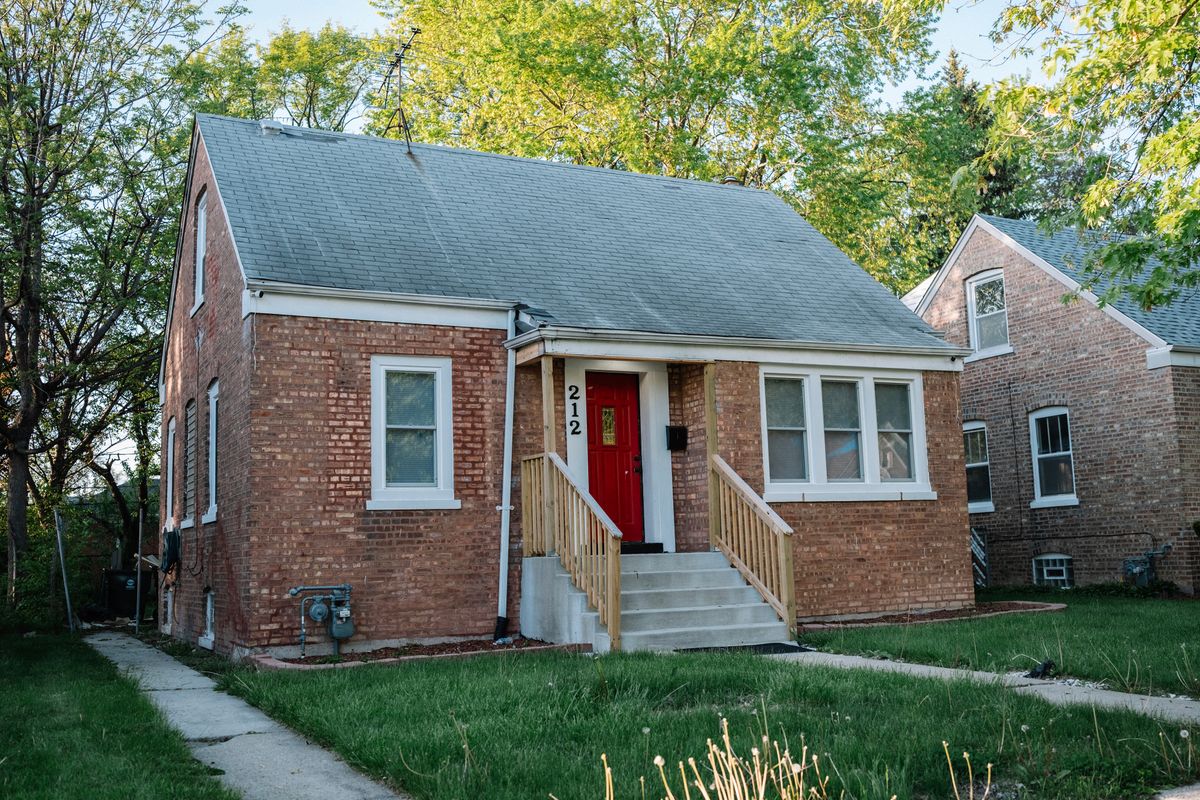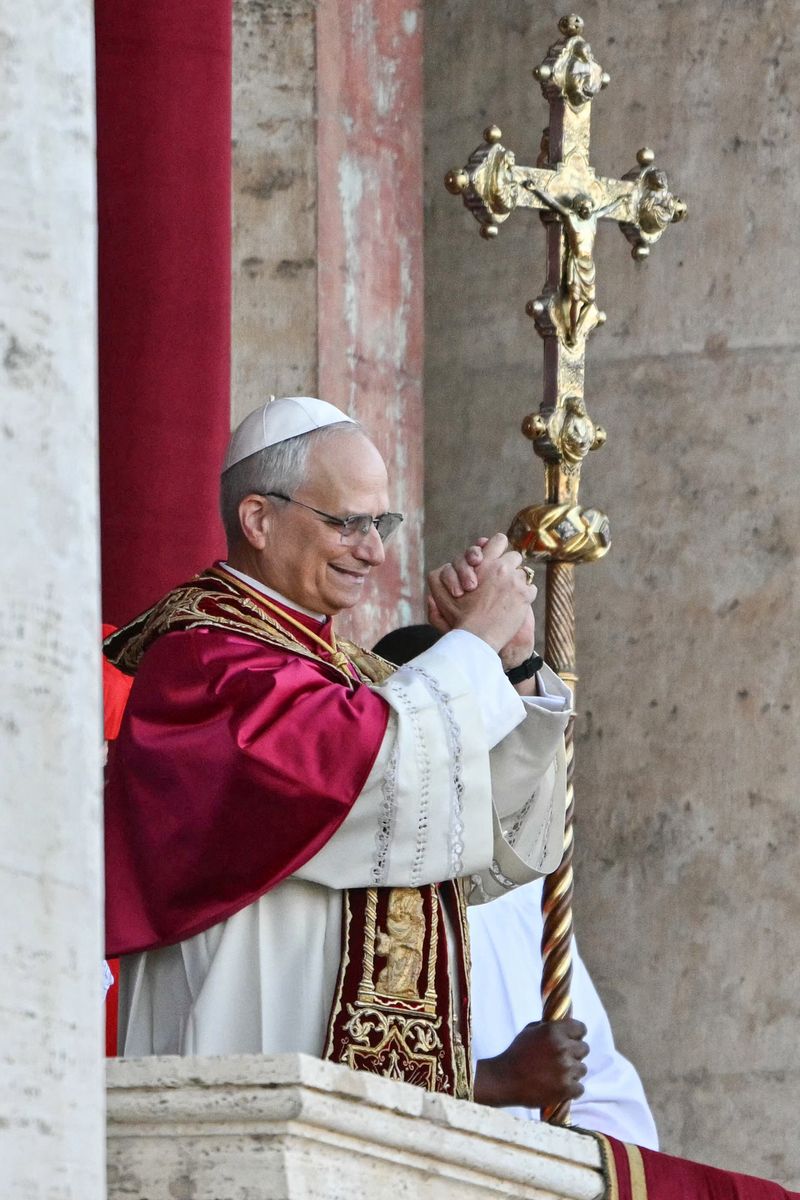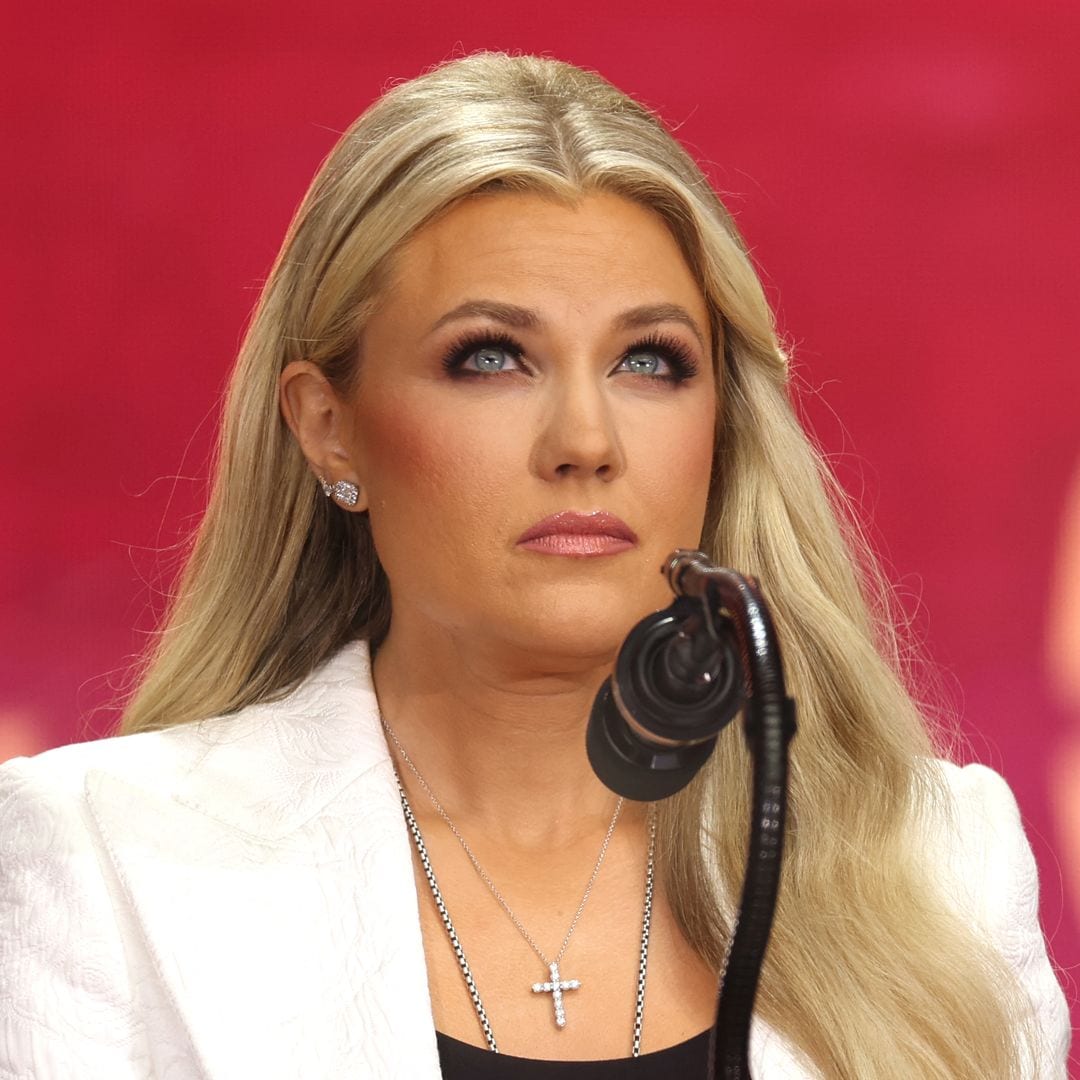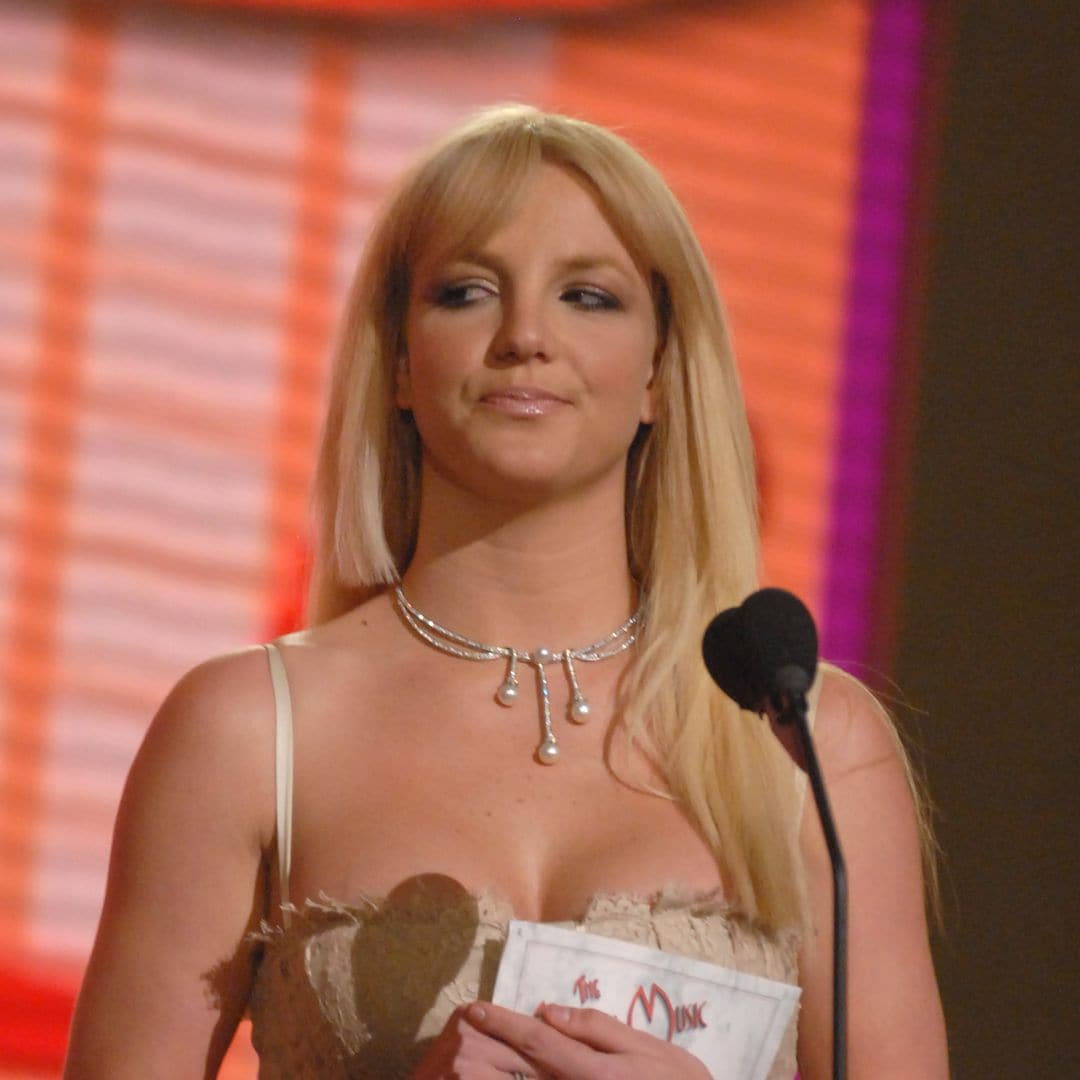When Robert Francis Prevost was growing up in a modest house in Dolton, Illinois, no one, not even his neighbors, imagined he'd one day wear the white robes of the papacy and become Pope Leo XIV, the first North American to hold the role, and second American after Pope Francis from Argentina.
But now, less than a month after his historic election, the three-bedroom, three-bathroom childhood home where he once lived is at the center of a different kind of power play, as the Village of Dolton is trying to stop a real estate auction before it turns the property into a cash grab.
Holy Ground or Hot Property?
Back in January, the now-famous home hit the market for a humble $219,000, listed by a house flipper named Pawel Radzik. But after Pope Francis passed away on April 21, 2025, and Prevost was unexpectedly chosen as his successor just days later, Radzik did what anyone holding a potential slice of papal history might do: he pulled the listing and prepped for auction.
Why settle for $199,900 (the price it had dropped to by March) when you can ride the holy hype wave and auction the property to the highest bidder? The auction, led by Paramount Realty USA, kicks off bids at $250,000 and ends June 18.
Locals Say: Don't Flip the Faith
The auction announcement sparked a wave of concern in Dolton. Residents like Donna Sagna voiced hopes the property could become a historical landmark, not just another footnote in the MLS. "I think they should keep it as a beautiful, historic landmark for Illinois," she told WGN News.
Apparently, the Village of Dolton agrees. They've now taken official steps to try to acquire the property, not just by opening their wallet but also by hinting at using eminent domain. That's the government's legal version of "we're not asking, we're telling," allowing them to take private property for public use (with compensation) whether the owner agrees or not.
Attorney Burton S. Odelson, speaking for the Village, made it clear: Dolton wants the home, and they want to work with the Chicago Archdiocese to turn it into a historic site open to the public.
"The Village intends to purchase this home either through direct purchase or through their eminent domain power," Odelson wrote in a letter to the auction house. He later told The New York Times that they're actively negotiating with Radzik and would prefer a peaceful, papally-approved solution rather than a drawn-out legal battle that could sour the sanctity.
Radzik's agent, Steve Budzik, sounds open to negotiation. "We would love to come to a mutually beneficial agreement," he told Realtor.com. "We also understand that the Chicago Archdiocese could be involved in making this a historical landmark which is great news for the seller."
From Flip to Faith-Based Tourist Attraction?
Radzik bought the house in May 2024 for $66,000 and reportedly gave it a solid renovation glow-up. He originally planned to flip it for profit. But now, the updated listing is dripping in divine marketing language, calling it "a truly one-of-a-kind opportunity" and "a piece of Papal history."
If you've ever wondered what it feels like to buy a freshly remodeled starter home and a spiritual relic in one transaction, this could be your moment. Or, if Dolton gets its way, it could become a publicly accessible historical destination celebrating the legacy of a local kid who ended up in the most powerful seat in the Catholic Church.
While Dolton holds a physical piece of Pope Leo XIV's early life, New Orleans holds his cultural legacy. Genealogist Jari Honora recently uncovered that the new pope's maternal family once lived in the city's vibrant 7th Ward, with roots tracing back to Louisiana's Creole Catholic communities of the early 1700s.
"Our Holy Father… has Creole of color roots from New Orleans on his mother's side!" Honora shared online per Realtor.com. "They left New Orleans and went to Chicago between 1910 and 1912." His grandparents were married at Our Lady of the Sacred Heart and once owned a home on Prieur Street until the Claiborne overpass replaced it.
It's a lineage that ties the pope to multiple corners of the American Catholic experience, bridging Black, Creole, and working-class Chicago roots in one remarkably full-circle story.
